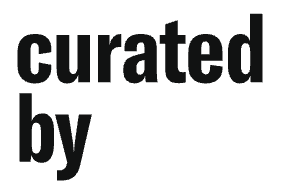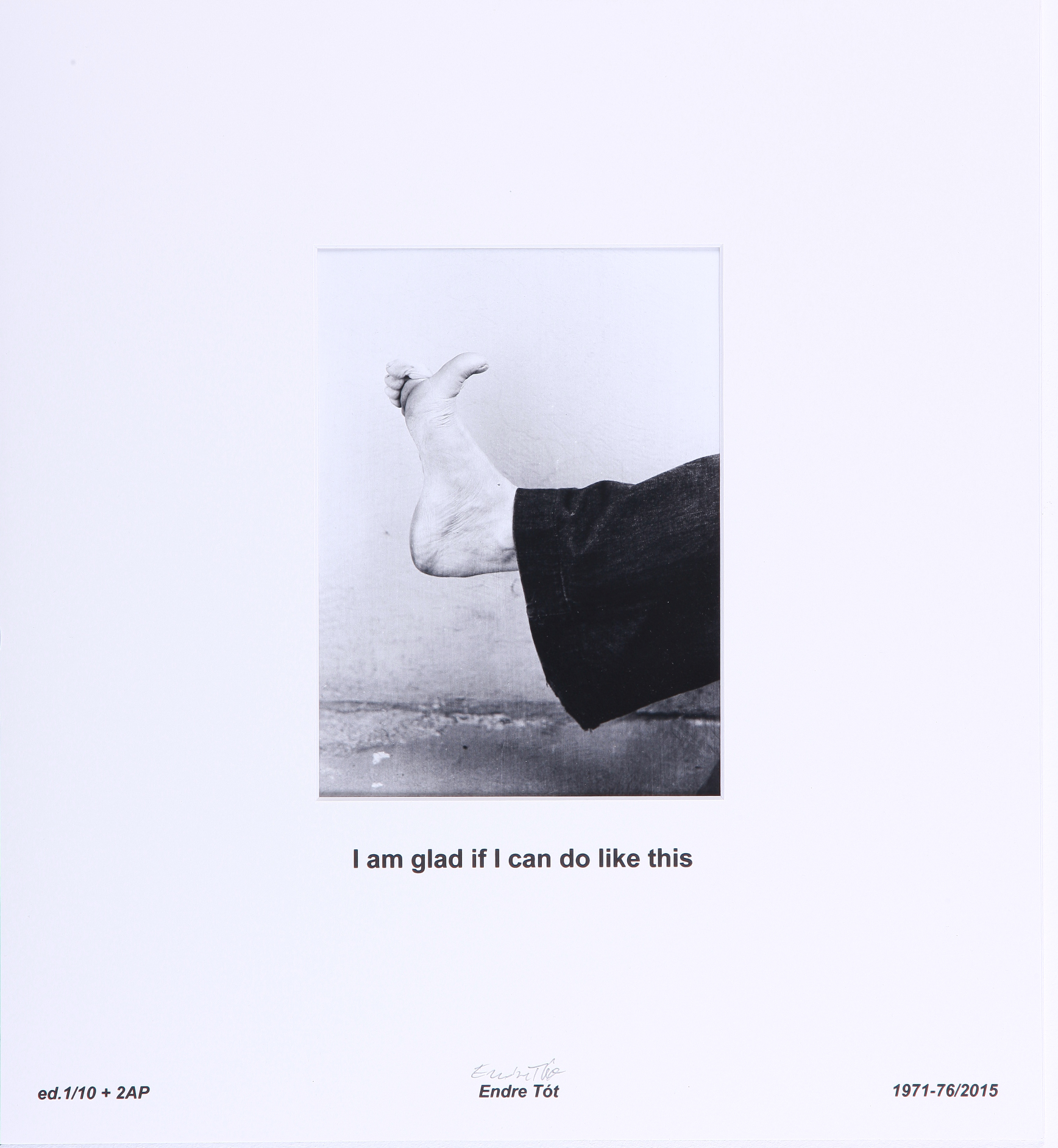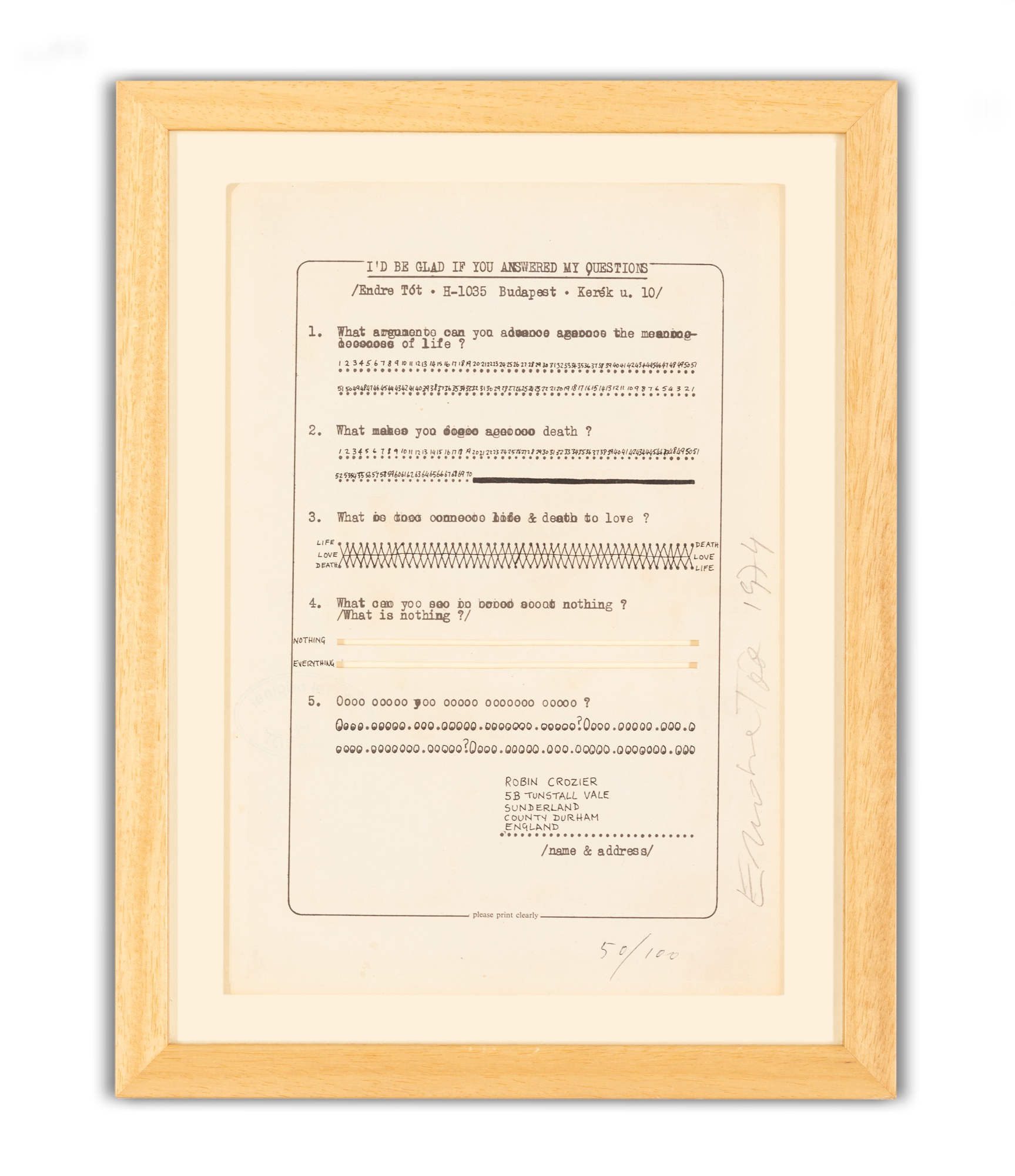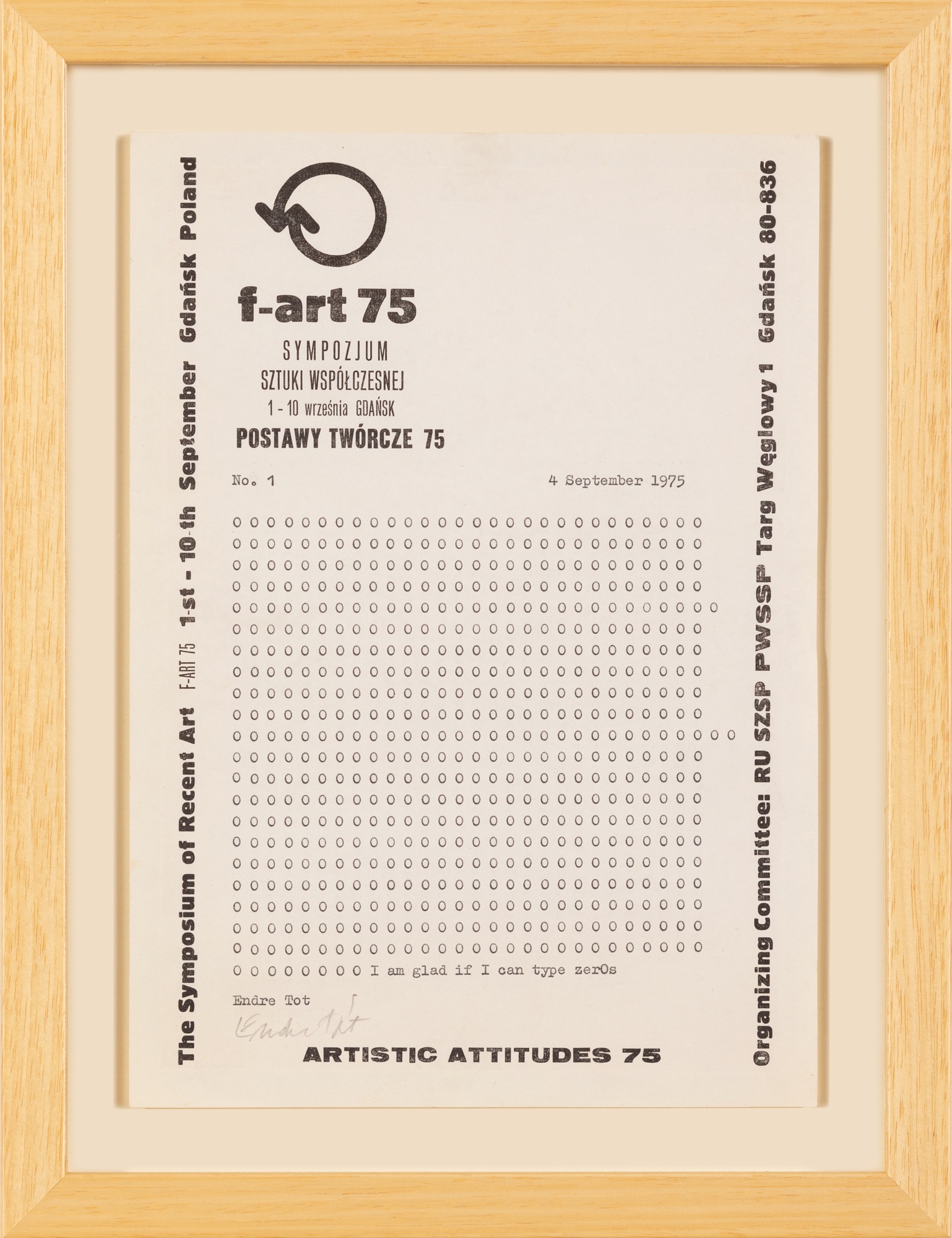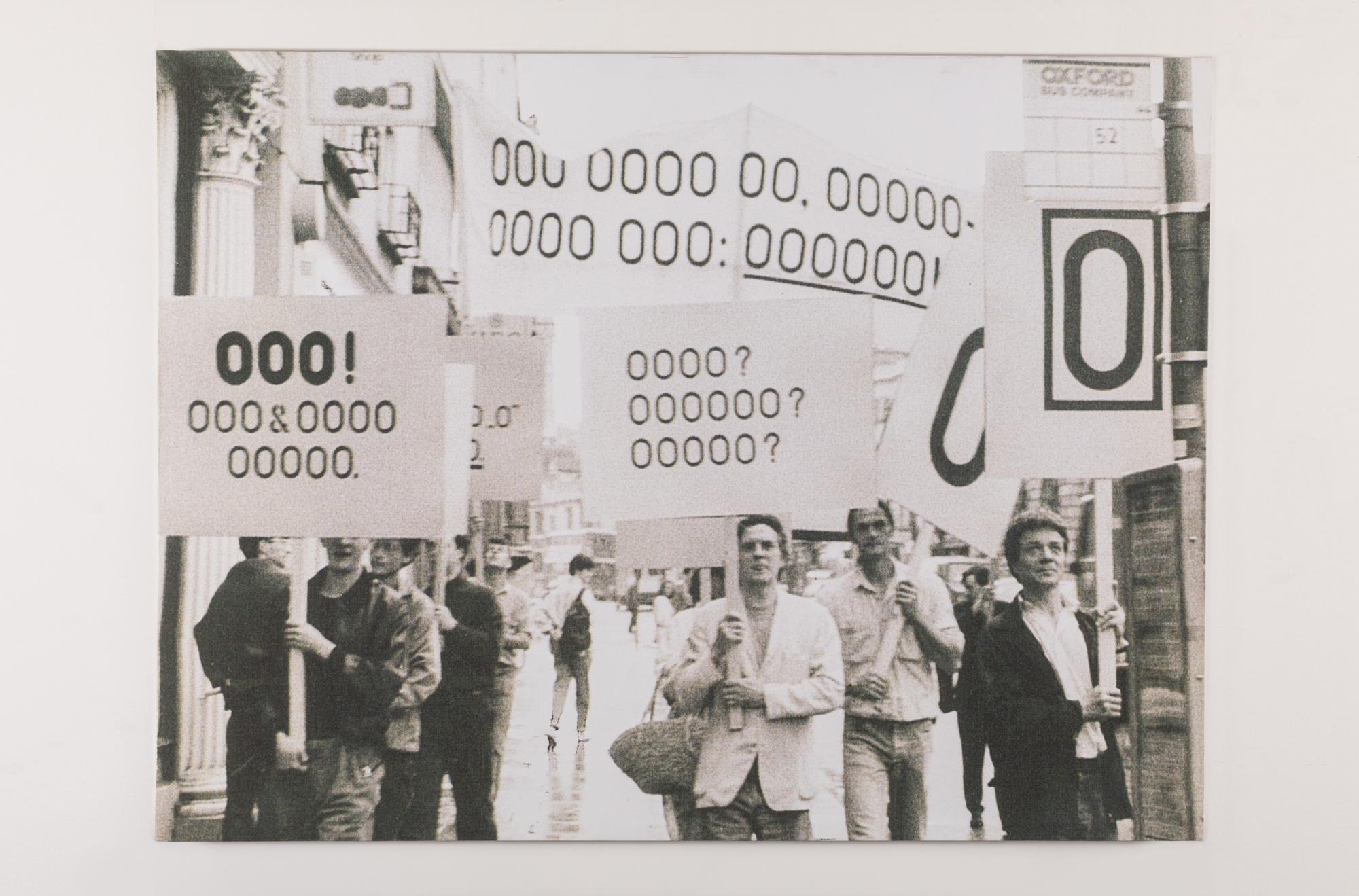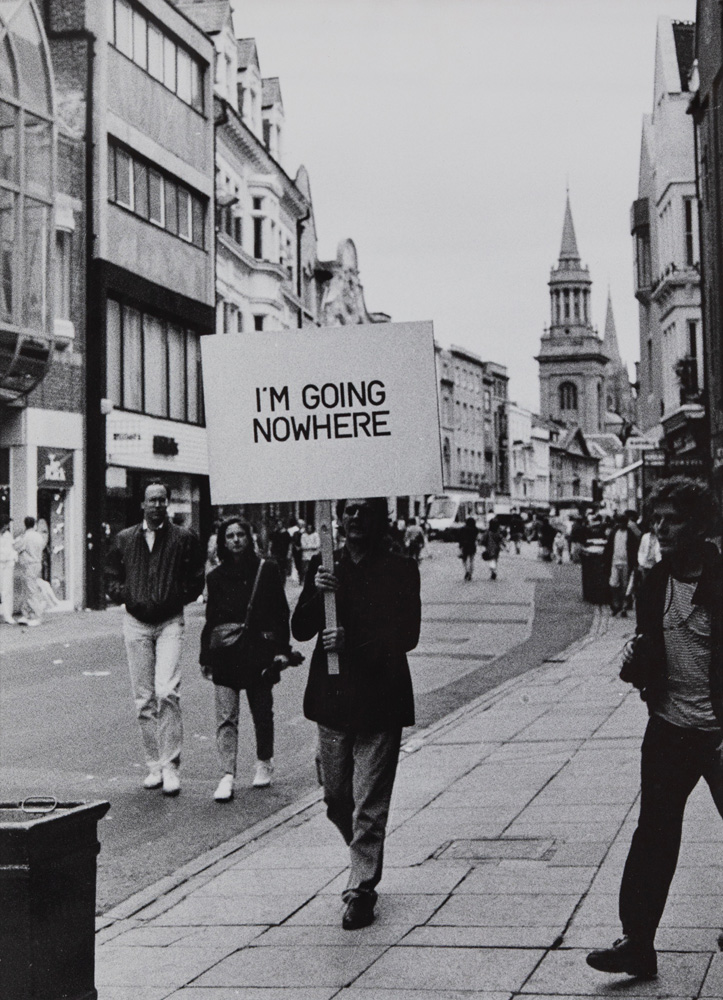Christine König Galerie curated by Róna Kopeczky
„SEMMI SEM SEMMI“

www.christinekoeniggalerie.com
Curator(s):

Róna Kopeczky was curator at Ludwig Museum Budapest (2006-2015), then joined acb Gallery as artistic director (2015-). She co-organized OFF-Biennále Budapest (2015-2017) and curated the 18th Tallinn Print Triennial (2022). She co-founded Easttopics, a platform dedicated to CEE contemporary art.
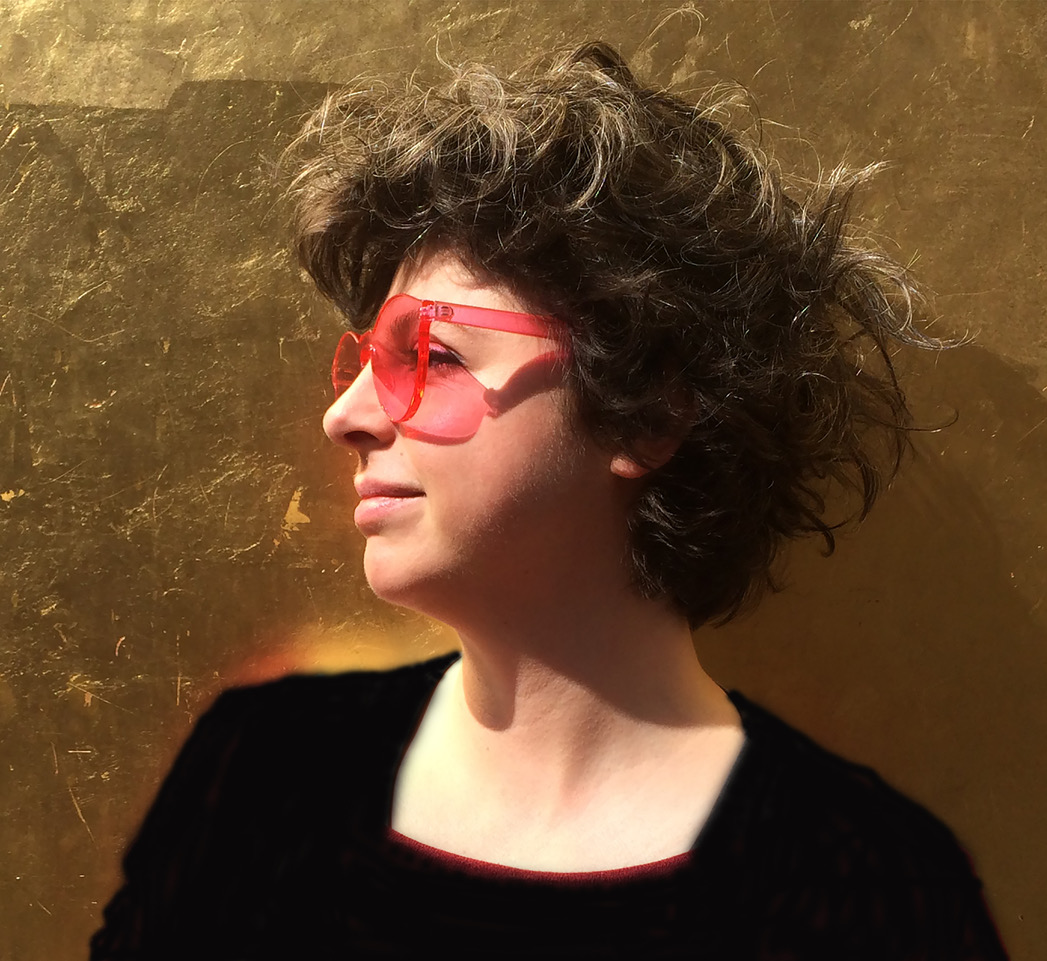
Artist(s):
-
Endre Tót MoreEndre Tót (1937, Sümeg) studied mural art at the University of Applied Arts in Budapest between 1959 and 1965. His early work was defined by lyrical, calligraphic paintings that were closely related to informel, while pop art also had a serious influence on his practice at the end of the 1960s. Tót participated in the legendary Iparterv exhibitions (1968-1969) with minimalist, geometrical surfaces combined on collage-like pictures. In 1970, new media appeared in his work under the influence of conceptual art (telegrams, postcards, postal and rubber stamps, film, posters, graffiti, banners, actions, artist books, etc.). From this point onwards, he devoted his work to the investigation of three key concepts, Nothing/Zer0, Rain and Gladness. With his Zer0 works, Tót took part in the special Envois section of the 1971 Paris Biennial, as well as in the first mail art exhibition of 1972, both curated by Jean-Marc Poinsot. In 1978-1979, he spent time in Berlin in the framework of a DAAD scholarship and subsequently settled in Cologne, where he has been living and working ever since. Before leaving Hungary, he was only able to carry out his actions in front of a photo camera; the first public TÓTalJOYS demonstration to be recorded on film was held in Geneva (1975-1976), and after his emigration, the artist has held numerous Joy and Zer0 demonstrations all around the world. In the early 1980s, he returned to gestural painting first in total secret, then openly at the end of the decades with his Layout Painting series, working with the conceptual ideas he developed in the 1970s.
Exhibition text
More
Presented by Christine König Galerie in the framework of the curated by program, the exhibition entitled SEMMI SEM SEMMI features works by Endre Tót, one of the most significant figures of the Hungarian neo-avant-garde generation, as well as an emblematic figure of international conceptual and mail art. The works comprised in the show were realized between the early 1970s and the 2010s, after Tót gave up – abstract expressionist and Informel – painting in 1970, only to return to the painterly gesture in total secrecy in the 1980s and to reveal this fact in the Summer of 2021. During these five decades, the Hungarian artist elaborated and unfolded thematic conceptual series in a variety of (new) media such artist books, telegrams, postcards, typewriting, postal and rubber stamps, video, posters, graffiti, banners or actions. The pieces on view in the exhibition investigate the three fundamental concepts he conceived by 1971, termed Zer0, Joy and Rain, that were elaborated as conceptual survival strategies using derision and humour against the grim Socialist everyday life. In the light of this year’s traumatic geopolitical events, the war in Ukraine raging at our borders, and the still prevailing East-West dichotomy that shapes our existence, Endre Tót’s life – balancing between Hungary and West Germany since 1979 – and works remain sharply relevant, contemporary, therefore offering a visual, conceptual antidote to our anxious times.
The concept and motif of Zer0 first made its appearance in the artist’s mail art activity, a form of artistic communication that conveyed perfectly his idea-based art, while also constituting the only means to initiate correspondence as early as 1971 with the most prominent figures of the international avant-garde from behind the iron curtain. For Tót, the Zer0 sign, which embodied the mathematical concept of nothing, primarily symbolised the absurdity of communication, but also the concepts of absence and presence, while the philosophical and political aspects of the character “0” certainly reflected an ontological approach of the condition of both citizens and artists under state Socialism. The text, as a means of communication – was dangerous grounds considering how the freedom of speech was curbed in the socialist regime. Tót’s works, however, communicated by not communicating, by saying nothing, and by picturing absence, as expressed in the Nothing, Absent Painting and Blackout Painting series – in direct connection with the Zer0 concept.
The second group of artworks from Endre Tót’s early conceptual period are his Rain pieces. The raining pattern, created with an economy of visual means by repeatedly hitting the “/” sign on the typewriter, is always accompanied by text, a fertile ground for the intellectual playfulness characteristic of Endre Tót’s approach, which at times manifested in the form of banal tautology, and at other times as (self-)ironic artistic self-expression or humorous political references. Found pictures – postcards, reproductions of well-known paintings, or images from magazines – comprised the basis of a significant portion of the “Rain” works, in which the artist inserted texts with references to the image or the shape of the rain, in clear connection with visual poetry.
Made in 1971, Endre Tót’s first Joy-piece which was a single sentence in English and Hungarian on a postcard-sized cardboard sheet: “I am glad that I could have this sentence printed.” In the light of the authoritarian control exerted by the socialist regime over any form of publishing, printing and circulating texts, Tót’s sentence is an ironic expression of the optimism demanded by the state from its citizens. Tót himself writes the following: “My ‘Joys’ were the reflections of the totalitarian state of the seventies. I responded with the absurd euphoria of Joys to censorship, isolation, suppression sensed in every field of life, though this suppression worked with the subtlest means, hardly visible.” The artist’s recognition of the fact that he cannot be held accountable by the authorities for expressing his joy gave rise to further Joy-pieces, the development, universalisation of the topic as well as the Tót’s gradually unfolding actionism, especially the Gladness Demonstrations and the series Very Special Gladnesses, associating image and text.
The artist will be present for the opening and will realise a site-specific piece on the walls of the space.
The exhibition is organised in collaboration with acb Gallery, Budapest.

